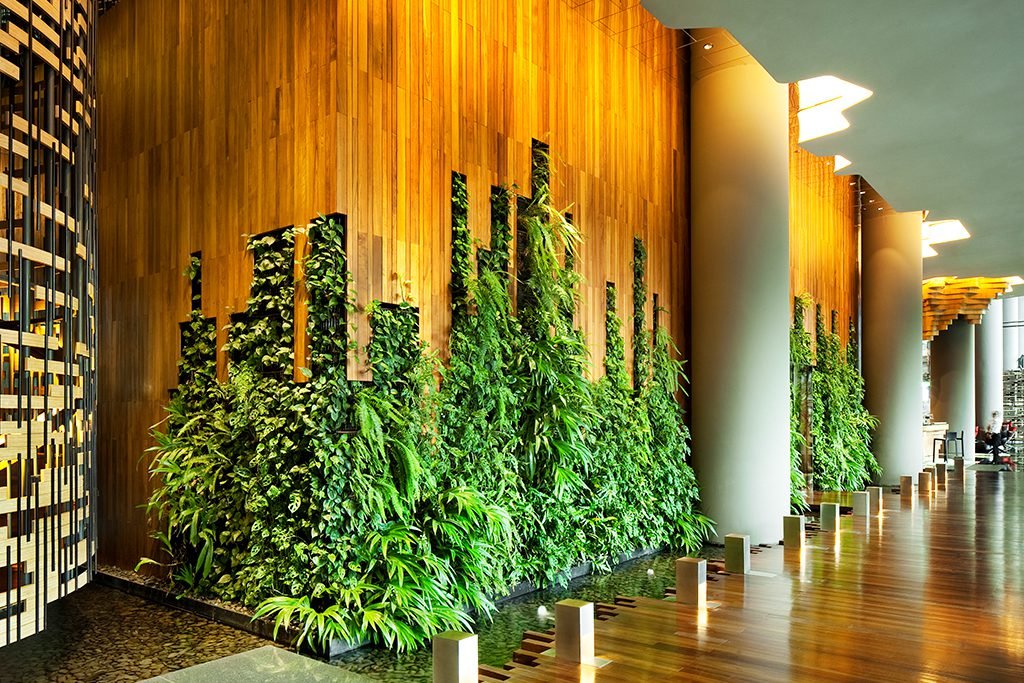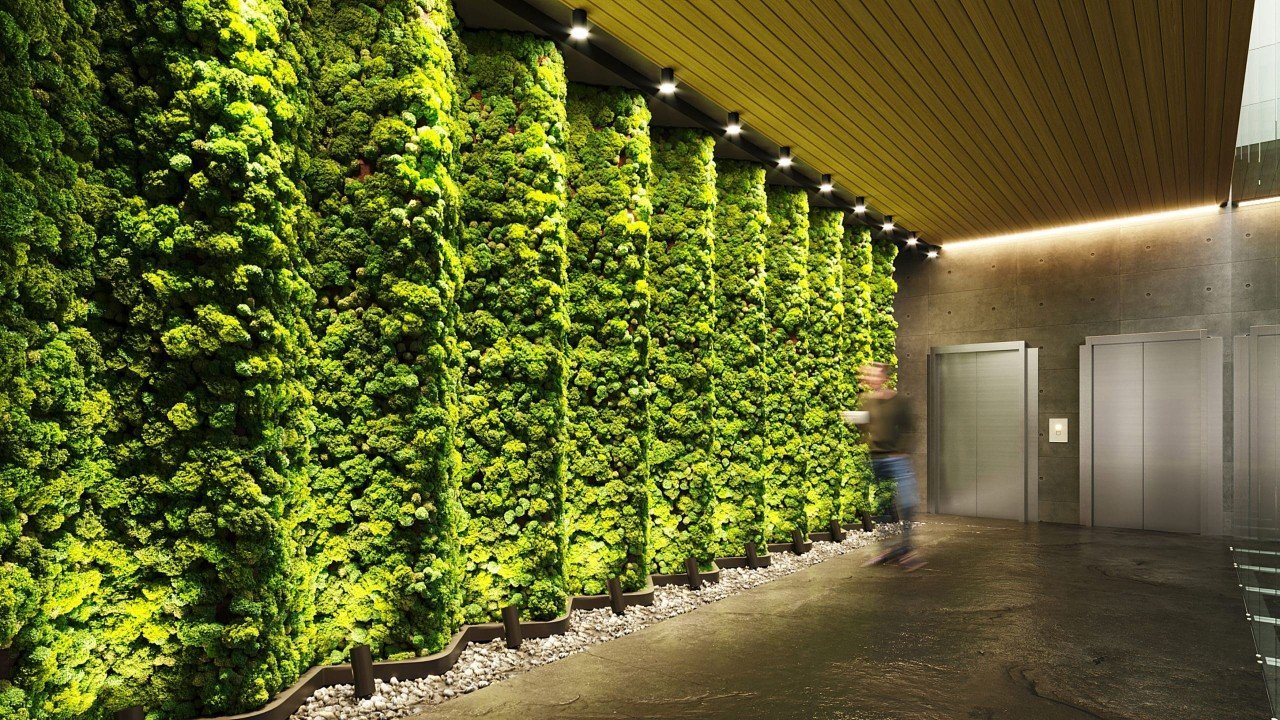Biophilic Design: Bringing Nature Indoors
Biophilic design is an innovative approach to architecture and interior design that seeks to connect building occupants more closely to nature. By incorporating natural elements into indoor environments, biophilic design can enhance health, well-being, and productivity. This article explores the principles of biophilic design, its benefits, and practical ways to integrate nature into your indoor spaces.
What is Biophilic Design?
Biophilic design is based on the idea that humans have an inherent connection to nature, known as “biophilia.” This design philosophy aims to create environments that improve our physical and mental well-being by integrating natural elements into the built environment. These elements can include natural light, plants, water features, natural materials, and views of nature.
Principles of Biophilic Design

Natural Light
Maximizing natural light in indoor spaces is a cornerstone of biophilic design. Sunlight not only reduces the need for artificial lighting but also has numerous health benefits, including improved mood, better sleep, and increased productivity. Strategies to enhance natural light include:
- Large Windows: Installing large windows and glass doors to allow more sunlight to enter.
- Skylights: Using skylights to bring light into darker areas of a building.
- Light Wells: Creating vertical shafts that allow light to penetrate deeper into a building.
Indoor Plants
Incorporating indoor plants is one of the most effective and easiest ways to bring nature indoors. Plants improve air quality, reduce stress, and enhance aesthetic appeal. Consider the following when adding plants to your space:
- Variety of Plants: Use a variety of plants to create visual interest and improve biodiversity.
- Maintenance: Choose plants that are easy to care for and suit the indoor environment.
- Placement: Position plants in areas where they can thrive and be most beneficial, such as near windows or in common areas.
Water Features
Water features, such as fountains, aquariums, or small indoor ponds, can create a calming atmosphere and improve indoor humidity. The sound of flowing water can also mask unwanted noise and enhance relaxation.
Natural Materials
Using natural materials in interior design helps create a connection to nature. Materials such as wood, stone, bamboo, and natural fabrics add texture and warmth to spaces. Consider these tips:
- Wood Elements: Incorporate wooden furniture, flooring, or wall panels.
- Stone Accents: Use stone for countertops, flooring, or decorative elements.
- Natural Textiles: Opt for natural textiles like cotton, wool, and linen for upholstery and decor.
Views of Nature
Designing spaces with views of nature can significantly impact well-being. Whether it’s a garden, a park, or a landscape, views of nature help reduce stress and improve mental clarity. To maximize this benefit:
- Window Placement: Position windows to offer the best possible views of outdoor nature.
- Balconies and Terraces: Create outdoor spaces where occupants can easily access and enjoy nature.
- Indoor-Outdoor Flow: Design interiors that seamlessly connect with outdoor spaces.
Benefits of Biophilic Design
Improved Health and Well-Being
Biophilic design has been shown to improve both physical and mental health. Natural elements reduce stress, lower blood pressure, and enhance mood. Access to natural light and fresh air improves sleep patterns and boosts overall energy levels.
Increased Productivity
Workspaces that incorporate biophilic design principles often see increased productivity and creativity among employees. Natural light, plants, and views of nature can reduce fatigue and improve concentration and cognitive function.
Enhanced Aesthetic Appeal
Biophilic design creates aesthetically pleasing environments that feel welcoming and comfortable. Natural elements add texture, color, and life to spaces, making them more inviting and enjoyable.
Environmental Benefits
By using natural materials and enhancing indoor air quality, biophilic design contributes to sustainability and environmental stewardship. Plants can help regulate indoor temperatures and humidity, reducing the need for energy-intensive climate control.
Practical Tips for Implementing Biophilic Design
Start Small
You don’t need to overhaul your entire space to benefit from biophilic design. Start with small changes, such as adding a few plants, opening curtains to let in more light, or incorporating natural materials into your decor.
Use What You Have
Make use of existing features, such as windows with good views, balconies, or any natural materials already present in your space. Enhance these elements to create a stronger connection to nature.
Be Creative
Think creatively about how to bring nature indoors. Consider unique elements like living walls, indoor gardens, or multi-sensory experiences that include sounds and scents from nature.
Regular Maintenance
To keep your biophilic elements thriving, ensure regular maintenance. Water plants, clean water features, and adjust lighting as needed to maintain a healthy and inviting environment.
Conclusion
Biophilic design offers a holistic approach to creating indoor spaces that enhance well-being, productivity, and aesthetic appeal. By integrating natural elements such as light, plants, water, and natural materials, we can create environments that reconnect us with nature and promote a healthier, more sustainable way of living. Embrace biophilic design principles to transform your indoor spaces into havens of tranquility and well-being.



